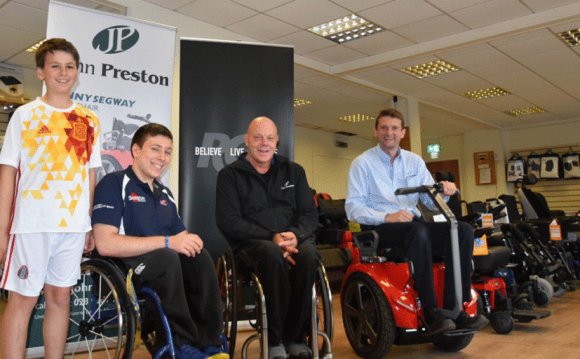
Medical Aids for elderly
- lacerations
- mind accidents
- cracks
Typical threat facets for dropping include:
- poor vision
- lower torso weakness
- physical inactivity or immobility
- conditions or medications that can cause dizziness
- difficulties with stability
If some one has dropped and they don’t appear defectively harmed, help them find an appropriate position. Treat small bumps and bruises by elevating the injured area and using an ice pack for approximately ten full minutes. If you notice signs of severe bleeding, bruising, or swelling, help them get crisis medical care.
If you believe some one has actually dropped and really harm their particular mind, neck, right back, hips, or legs, ask them to not ever move and phone 911 or neighborhood crisis services. Reassure all of them and keep them cozy until assistance arrives. If they stop breathing, perform CPR.
Cuts and scrapes
Your skin layer gets to be more fragile as we grow older. This increases the risk of slices and scrapes in older grownups. In some cases, these accidents become contaminated. While older age itself doesn’t trigger attacks, many older grownups have actually chronic illnesses, including diabetes or cardiovascular illnesses. These circumstances can decrease their particular resistant system’s defenses against attacks.
Minor slices and scrapes
Pull apparent soil and dirt from the wound to deal with wash the injury with plain tap water if readily available. If it is hemorrhaging, spot a clean bandage or fabric on top of it. Press upon it solidly, or apply force by binding the region in tape. Improve the injured area over the person’s heart level. If bloodstream seeps through first layer of bandage or fabric, don’t remove it. Just include another layer-on top.
Severe cuts or heavy bleeding
If individual has a severe cut or severe bleeding that won’t stop, assist them to get emergency health care bills. When they have only a cut or scrape, wait for bleeding to stop then wash the injury making use of soap and clean liquid. Encourage the person to keep carefully the injury clean, watch out for signs of illness including:
- redness
- swelling
- increased pain
- drainage through the wound
Make an appointment with their doctor if it becomes contaminated. Applying an antibiotic ointment or ointment can really help advertise healing.
Heat- and cold-related disease
As you age, you’re very likely to develop persistent medical ailments that damage your body’s heat legislation. Older adults might also just take prescription drugs that change their particular temperature stability. That’s why it is specially important for older adults to utilize sunscreen and put on appropriate protective clothes when outside. They need to clothe themselves in layers that protect them from cozy or winter. Keeping hydrated normally crucial to help to guard them against heat-related health problems.
Heatstroke
The outward symptoms of heatstroke include:
- a body temperature above 104°F (40°C)
- increased breathing price
- nausea
- vomiting
- an annoyance
In the event that you think somebody is having a heatstroke, contact 911 or neighborhood emergency services. After that, go them out of the heat and cool off them off. For example, assist them to go into a cool bath, sponge them with chilled water, keep these things take in ice water or cover themselves in cool moist sheets or towels. When they stop breathing, start CPR.
Hypothermia
The observable symptoms of moderate hypothermia include:
- shivering
- appetite
- dizziness
- slight confusion
- increased heart rate
The outward symptoms of modest to severe hypothermia consist of:
- drowsiness
- confusion
- a poor pulse
- slow breathing
If you believe someone has hypothermia, call 911 or regional crisis services. After that, help them warm up. Including, bring them indoors regarding winter, help them eliminate wet clothing, and cover all of them with hot dry covers. Reheat all of them gradually and focus on warming their chest and stomach before their limbs. If they stop breathing, begin CPR.
Cardiovascular problems
Age related changes in heart and bloodstream put older adults at better threat of cardiac arrest, heart failure, and shots.
Signs and symptoms of a stroke consist of chest discomfort, difficulty breathing, and discomfort within upper body.
Medical and CPR instruction
Accidents can happen any moment. Older adults face an especially high-risk of certain injuries and ailments, such as falls and cardiac arrest. Start thinking about using a fundamental medical and CPR training program to get ready for possible emergencies. Contact the American Red Cross or a nearby first-aid business to know about education opportunities locally. You will never know when someone could need to perform first aid. For older adults, instant assistance can sometimes make a lifesaving difference.













